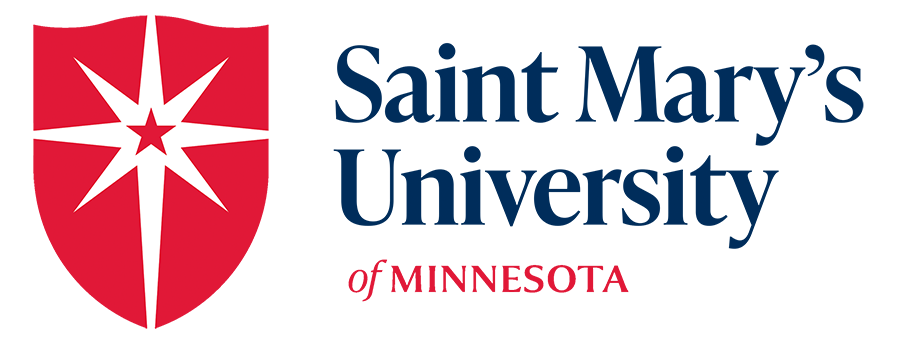
Writing Your Syllabus
The final step of the course design process is to create a syllabus, which outlines the course for your students.
What Is a Syllabus?
Your syllabus is essentially a contract between you and your students, where students can rely on the information you provided without concern for major changes. This is important for your students given their busy lives. They will refer to your syllabus to learn the course structure, assignments, expectations, and how to contact you. Below are exemplary Saint Mary’s syllabi for you to peruse.
Best Practices for Creating Your Syllabus
Work with your Program Director when creating your syllabus.
Before you design a syllabus, check with your program director to see if a course syllabus has already been developed. If not, ask your program director when they would like to review your syllabus. All syllabi, either new or significantly modified, need to be reviewed and approved by the Curriculum Committee, which figures into the submission timing.
Post your syllabus online.
After the Curriculum Committee approves your syllabus, be sure to post your syllabus in your Canvas course and to make it available 2 weeks before your course starts.
